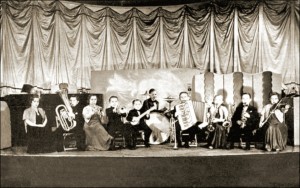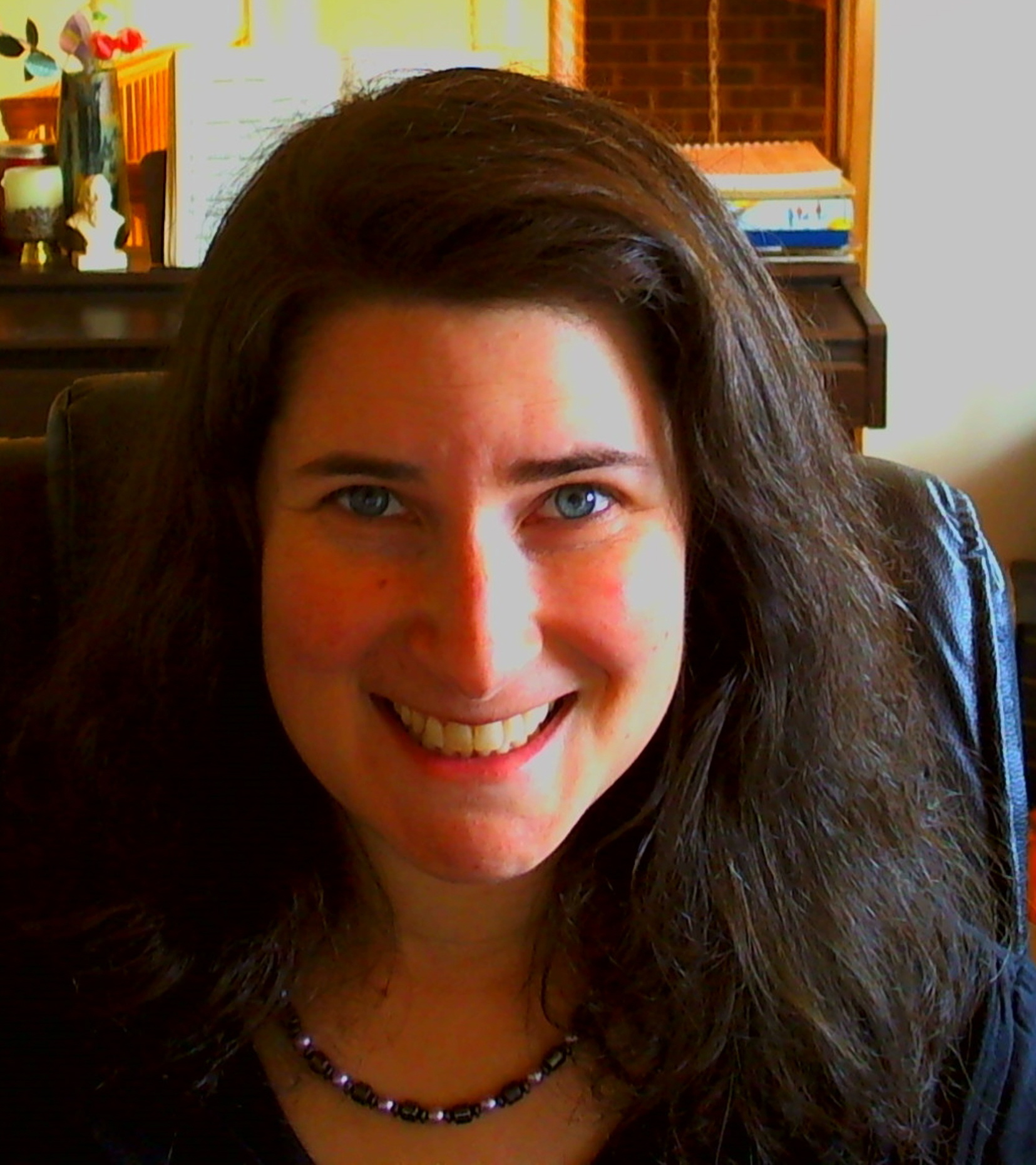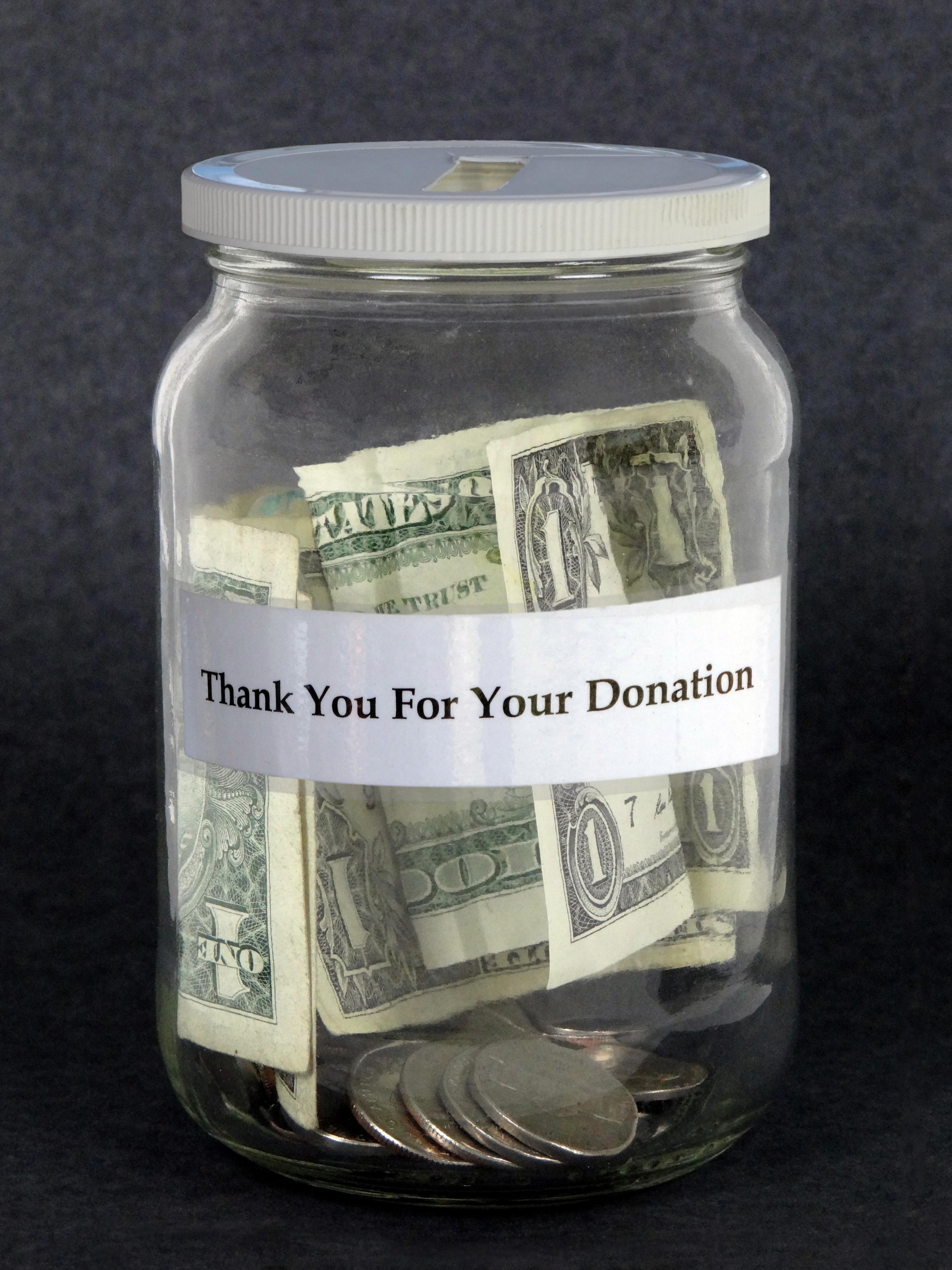I have read all the “Classical Music, Dead or Alive?” articles. There was a lively debate last week about it. Actually, this debate has been going on for many years according to this article from the New Yorker: The Fat Lady is Still Singing…
As I mentioned in the past, the arts have traditions of presentation and programming, and we are exploring going beyond these traditions in order to obtain new and younger audiences. There is a lively discussion of whether or not we should abandon our traditions and the fear of losing what we are in order to be what newer audiences want.
My position is that old and new can live together in harmony. There are niches out there that stick to the old tried and true. There are also niches out there that are stretching outside of the traditions box. In both cases, these formats are obtaining newer and bigger audiences! It is a matter of deciding who you are and being true to this decision.
However, and this is where I stray from the aforementioned position, whether or not you decide to be traditional, or not, doesn’t mean you are still not a part of your “traditional” art form. Furthermore, all niches of an art form can shed their elitist skins and weighty snobbery and join the real world.
Conventional methods of promoting and presentation are not working. The combination of the conventional promotion with the conventional presentation really doesn’t work. I would suggest upgrading one or the other. It doesn’t have to be both.
For example, you can have a traditional concert format presentation. You can have the traditional types of plays programmed. It would be wise, however, to adopt the new technologies and methods to promote your events. It would also be wise to connect the dots to bigger events even if they are “popular.”
Renee Fleming has no troubles doing this. She sang at the Super Bowl! Either does Yo-Yo Ma. They are still classical music artists, yet they enjoy “crossing-over” (a topic of this week) and collaborating with more popular entertainment, entertainers, and events.
The classical benchmark arts are not “popular” anymore, but they could be if we get over the conviction of convention. It’s not that the art isn’t “cool,” it’s our snobbery about becoming “mainstream.” And yes, I am having a field day with the air quotes to make a point.
I attempted to do a free, grass-roots audience development project for the dance world. It was all about connecting the dots with So You Think You Can Dance, a popular dance show that presents a variety of dance styles for the general public. The feedback was very negative. Most dance companies and dancers I contacted thought the idea was “interesting,” but they didn’t want to be associated with the show, didn’t have the time to invest in this type of project, and didn’t want to support the show. So, they are missing out on connecting with people that enjoy dance enough to spend hours per week watching dance. The dancers may not be “elite,” but they certainly have heart and a passion for dance. Actually, there are fantastic dancers from top ballet companies competing on the show now, so I take that statement back.
The point is, this was an easy, free opportunity to start having conversations and connecting with viewers that enjoy dance. If they only knew about the local dance companies and dancers in their area, they would probably be interested in seeing a live performance. The connection needs to be made, and it does take some time to invest to do so.
There are other examples too of this elitist mentality, and the “we’re too busy to deal with that” attitude, but let’s switch to the positive part of this discussion.
On the flip-side, I saw a few articles about museums doing selfies campaigns. Selfies! A very non-elitist activity. They received press and social media mentions, and the general public loved the idea! The concept of orchestral members playing in pubs and other public places is being well received everywhere. The Baltimore Symphony Orchestra recently received a marketing award for their non-elitist campaign.
You see, when we get out of our own way and kick the conventions to the curb, wonderful momentum starts to happen. The art can still be traditional, the way we present and promote ourselves can be more down-to-earth, relevant, and current to today.
Is conviction of convention killing us? Only if we let it!
Have a viewpoint? Please do reply.
Cheers to happy and loyal audiences,
Shoshana
Shoshana Fanizza
Chief Audience Builder
My eBook is on sale through February 14th. Learn about audience development and how to implement for audience building! Use code AMOR14 and save 14%.





